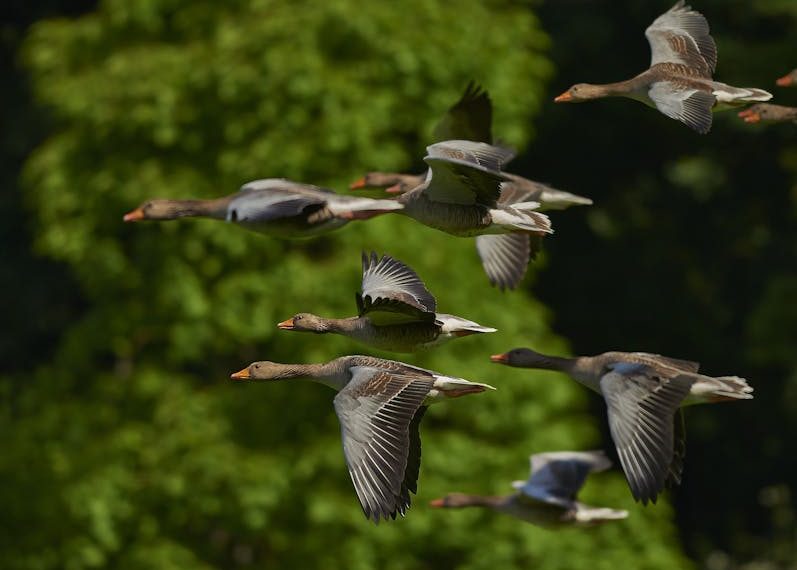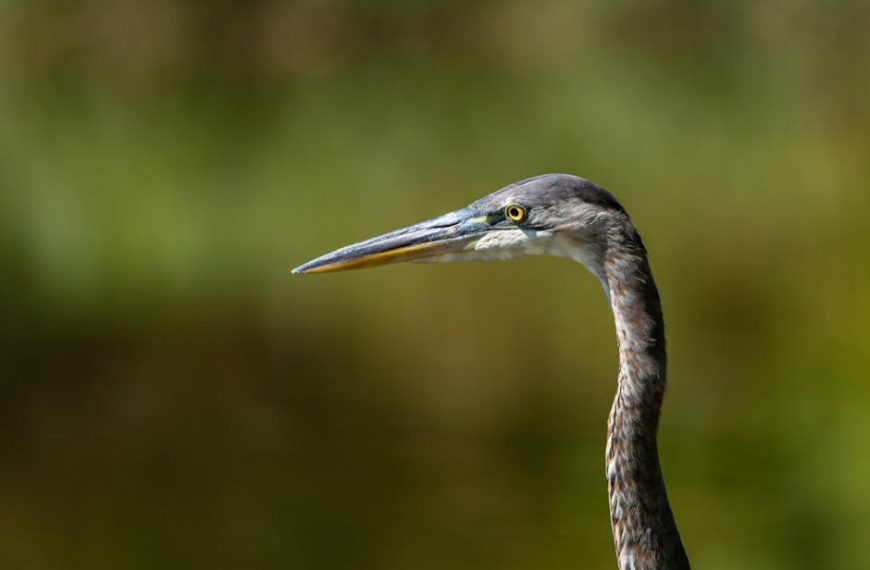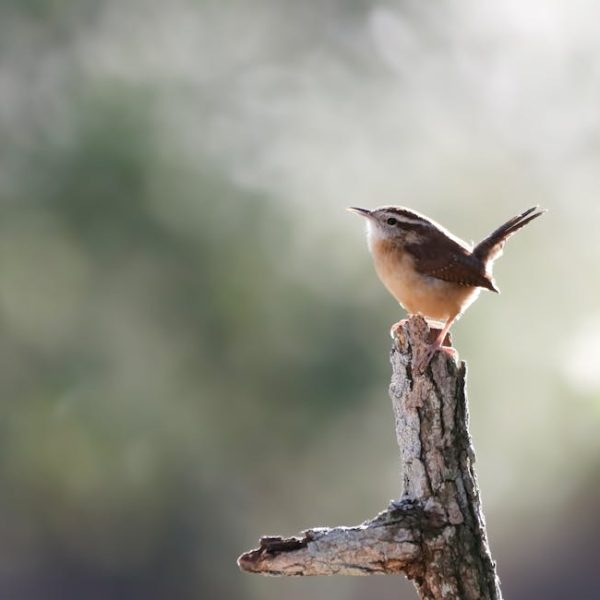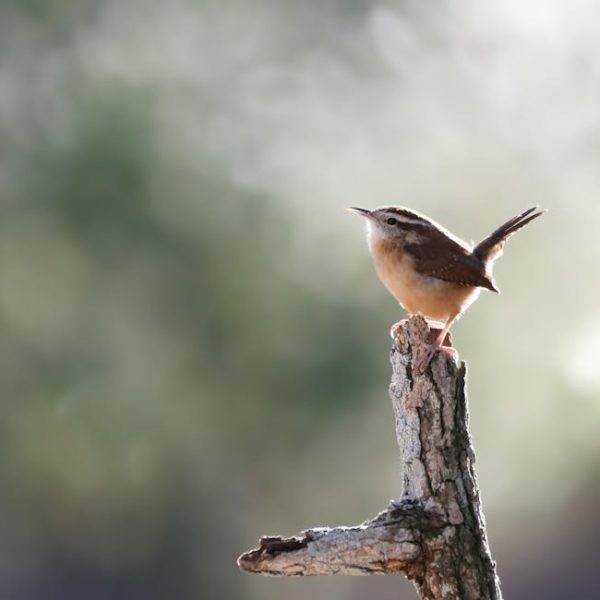It’s a tranquil morning, you step out with your cup of coffee and bird chorus as your harmony– until you look up and see your entire roof swathed in birds. Undeniably, birds have an appeal that adds a wildlife touch to our urban dwellings. They are beautiful to behold and their chirping is often music to our ears. However, when they decide to make your roof their roosting hub, that’s when the trouble begins. Unwanted bird presence can not only damage the roof but also pose health risks due to their droppings. It’s time we discuss some effective measures to keep birds off your roof.
Let’s jump in by first understanding why your roof might seem like a plush aviary paradise.
Understanding Why Birds Are Attracted to Your Roof
Birds are drawn to your roof for a plethora of reasons. Safety from ground predators, abundance of food, suitable nesting sites, and the warmth it provides are some key motivators. Contrary to common belief, it’s not just the worms that attract them; rooftops often host a variety of insects that serve as a gourmet meal for our feathered friends. Birds may also prefer certain roof materials to others, especially those that mimic their natural habitat or provide easy access to nesting materials.
Are you spotting more birds on your roof? Look for these signs:
- Increased bird chatter and activity around your roof.
- Evidence of nesting materials or actual nests.
- Unusually large amounts of bird droppings on and around your roof.
- Presence of insects which birds typically feed on.
The Impact of Birds On Your Roof
While a solitary bird perched on your roof may not cause a fuss, an entire flock can wreak havoc. Their nesting habits can result in roof damage as they peck away at roof materials to gather nesting supplies. Their droppings are not just unsightly but corrosive, leading to costly roof repairs in the long run. What’s more, this waste carries numerous diseases that pose a health risk to you and your family. The constant noise and potential invasion of your gutter system, causing water buildup and subsequent roof leakages, rounds up the reasons for bird deterrence.
Among the things homeowners may have to deal with are:
- Rotting roof materials due to bird droppings.
- Blocked gutters and drainpipes from bird activities.
- Noise disturbances early in the mornings or late evenings.
- Increased risk of transmissible diseases from bird droppings.
Preventive Measures to Discourage Birds
Prevention always trumps cure. You can discourage birds from making your roof their permanent residence by employing a few simple strategies. Removing access to open food sources, regular roof cleaning, and roof inspections can go a long way in ensuring your roof is not feather-friendly.
Pro Tip: Maintenance is key. Regularly check for and remove bird nests, clean away droppings, maintain your gutters and keep your chimney capped to deter birds.
Comparisons of preventive techniques:
| Method | Pros | Cons |
|---|---|---|
| Cleaning | Removes nesting materials and food sources | Requires constant upkeep |
| Roof inspection | Allows early detection of breeding birds | May require professional assistance |
| Removing food sources | Limits bird attractants | May not be fully effective for birds that feed on insects or other animals |
Employing Safe and Humane Deterrents
In some cases, preventive measures may not be enough and it becomes necessary to use deterrents. From visual and auditory scare tactics to physical barriers, there are plenty of safe and humane ways to dissuade birds from choosing your roof as their lodging of choice.
Dig into this list of deterrents and brief descriptions of their effectiveness:
- Bird spikes: Prevents birds from landing on your roof but might not be effective for smaller birds.
- Reflective objects: Birds are usually scared off by shiny, moving objects that disorient them, making reflective items useful deterrents.
- Scary eyes: ‘Scary eye’ balloons or other equally menacing objects are often used to scare off the birds.
- Plastic predators: Models of large predatory birds can be an effective deterrent.
- Netting: A physical barrier that prevents access but might be tricky to install on rooftops.
- Sound devices: Devices that emit high-frequency sounds or predatory bird calls can deter birds, but they can be irritating to humans if too loud or frequent.
Considering the use of deterrents? Weigh their Pros and Cons:
| Deterrent | Pros | Cons |
|---|---|---|
| Bird Spikes | Effective for larger birds | Not suitable for smaller birds, can be visually unappealing |
| Reflective Objects | Easy to install, usually effective | Weather dependent, may not work on cloudy days |
| Scary Eyes | Potentially effective, easily purchased | May need regular re-positioning |
| Plastic Predators | Good for scaring away smaller birds | May not fool larger, more experienced birds |
| Netting | Guaranteed to prevent access | Difficult to install, may be visually unappealing |
| Sound Devices | Can be highly effective | May result in noise pollution if used improperly |
Professional Assistance for Persistent Bird Problems
If bird presence on your roof remains persistent despite your best efforts, it may be time to seek professional assistance. Wildlife removal professionals are equipped to handle these issues in the most humane, efficient, and safe manner. They can evaluate your home for attractants, identify the specific species, install deterrents, and provide long-term solutions unique to your situation.
Here are some pointers indicating it may be time to call in the experts:
- Persistence of bird activity despite consistent use of deterrents.
- Noticeable damage to your roof.
- Evidence of several nests, indicating a potential bird infestation.
Always bear in mind these best practices for locating and working with wildlife removal professionals:
- Work with licensed and insured professionals.
- Look for humane and environmentally responsible treatment methods.
- Always ask for an in-home evaluation before commencing any solution.
With these techniques and tips, you are now better equipped to tackle any Avian issues on your roof. Remember, the health of the wildlife and your far-from-feathered family are paramount. So, let’s maintain that balance and keep our homes bird-free in the safest way possible.
Key Takeaway:
- Birds are drawn to roofs due to a range of factors such as safety, food availability, nesting sites and warmth. Over time, their activities can cause damage to the roof and pose health risks.
- Preventive measures like cleaning, removing food sources and regular inspections discourage birds from nesting on roofs.
- There are various safe and humane deterrence methods if preventive measures fail, including bird spikes, reflective objects, and sound devices.
- In case of persistent bird problems, it may be necessary to seek professional help. Licensed and insured wildlife removal professionals can provide effective long-term solutions.
While it’s normal to be frustrated by persistent bird presence on your roof, it’s essential to remember that their actions are driven by need, not mischief. A balance can be struck between co-existing peacefully with these creatures and maintaining the structural integrity and cleanliness of your home. Following the insights and tips shared above, you can effectively keep your roof free of birds in a humane and respectful manner.
FAQs
Q: How can I identify if there are more birds on my roof than usual?
A: Watch out for indications such as increased bird chirping and activity, the presence of nests or nesting materials, large amounts of bird droppings, and the presence of insects that birds feed on.
Q: Are there any natural bird deterrents for roofs?
A: Yes. Some plants and herbs, like lavender and peppermint, are known to deter birds. You could plant these around your house to naturally discourage birds from nesting on your roof.
Q: Can roof color attract birds?
A: Birds may be attracted to certain colors, especially if they mimic their natural habitat. However, the impact of roof color on bird attraction is marginal compared to other factors such as safety and food availability.
Q: Is there any specific time when birds are most likely to choose a roosting location?
A: Birds tend to look for new roosting spots during nesting season, which is typically in the spring. But, remember, birds can settle on your roof at any time of the year.
Q: Can bird droppings on the roof lead to any significant roof damage?
A: Yes, bird droppings are corrosive and can cause significant damage to the roof over time. Regular cleaning is advised to prevent this.
Feel free to share this article if you found it helpful, and don’t forget to explore more posts on our website.












